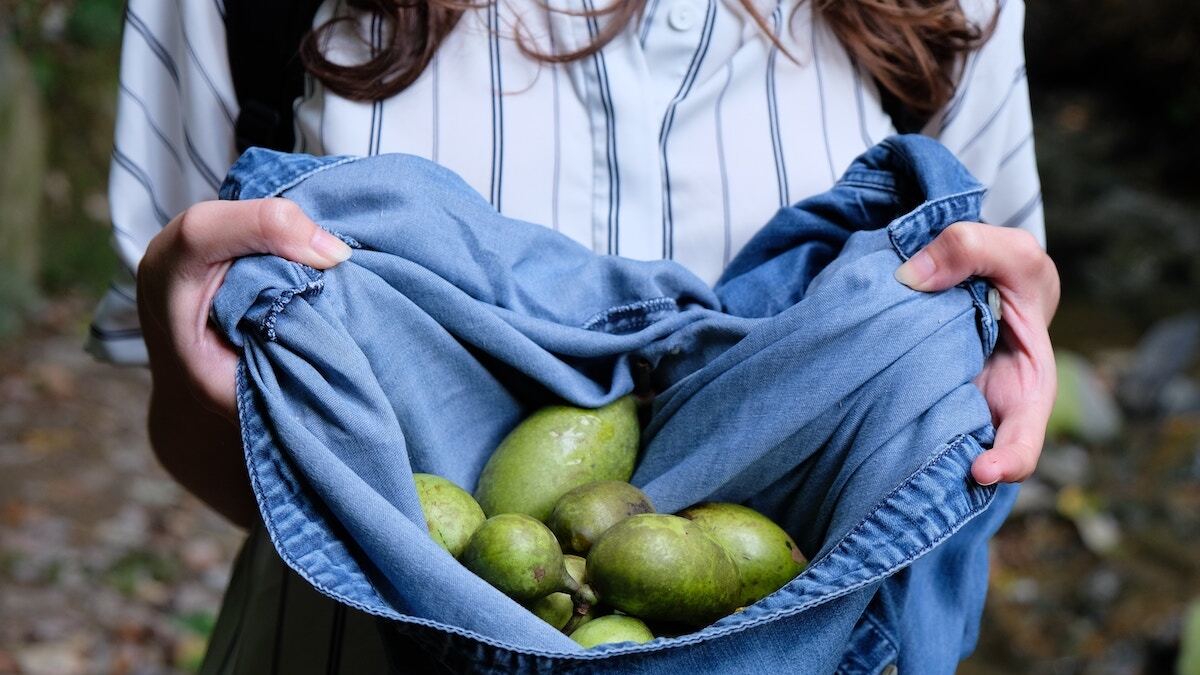Why is April a very special month in Ohio? Because in July 2019, Gov. Mike DeWine signed a bill into law designating April as Ohio Native Plant Month. This made Ohio the first state in the United States to have a decree recognizing the importance of native plants.
Last fall, the Garden Club of America launched an initiative to request proclamations from all 50 governors to make April 2023 Native Plant Month in every state. Though Ohio already has a law, a Special Native Plant Proclamation was requested of DeWine to reinforce the state’s commitment to the importance of native plants in Ohio.
April 2023 is also National Native Plant Month. During April, people and organizations across the country can celebrate native plants in April by planting native trees, shrubs, perennials, vines and grasses, planning educational events with schools and community organizations, hosting hands-on workshops, removing non-native invasive plants so native plants can thrive and restoring areas with native habitats to allow birds, bees, butterflies and all wildlife to flourish.
Since Ohio Native Plant Month and National Native Plant Month are Ohio and National Senate Resolutions and not laws, legislation needs to be renewed each year.
For the last two years, four native Ohio plants have been awarded plants of distinction. For 2023, they are sugar maple (Acer saccharum), pawpaw (Asimina triloba), Virginia bluebells (Mertensia virginica) and swamp milkweed (Asclepias ancarnative).
Sugar maple (Acer saccharum), also called hard maple or rock maple, is considered the most impressive and majestic of all the maples. It has a rounded pyramidal outline, grows 50 to 80 feet tall, and spreads 35 to 50 feet. Leaves appear after greenish-yellow flowers in the spring. The brilliant fall color ranges from bright yellow to burnt orange to scarlet.
The sugar maple is the primary source of maple syrup. Hardwood lumber is useful in furniture making. The smooth gray bark on the trunk and branches furrows with age.
This large species does not tolerate restricted, polluted urban conditions. It makes a specular addition to parks, golf courses and large properties. The leaf is the national emblem of Canada.
Pawpaw (Asimina trioba) is the only local member of a large, mainly tropical plant family. The small green fruit is native to the Eastern United States and has been in the Ohio River Valley region for over 30,000 years. Today, wild pawpaw trees are still all over Ohio, usually found by rivers and in the shade.
Pawpaw is a perennial tree or shrub growing 10 to 40 feet tall and 10 to 15 feet wide. It has drooping pear-shaped leaves from 10 to 30 centimeters long, with smooth margins and pointed tips.
The leaves are coated with fine whitish hairs on the upper side and with rusty-colored hairs on the underside. The leaves are aromatic with a smell like a bell pepper. The deciduous leaves turn bright yellow before dropping in the fall.
The flowers, 4 to 5 centimeters in diameter, are inconspicuous but attractive, with three sepals that are green upon opening and turn a dark purple or maroon. One to four flowers grow in the leaf axil before leafing, usually in April or May. The six velvety petals are stiff and curl slightly backward.
From 5 to 16 ounces, the pawpaw fruit is yellowish-green to brown with a cylindrical mango shape. The fruits are 7 to 16 centimeters long and grow solitarily or two to four together. They have a creamy, avocado-like texture that tastes a bit like mango, pineapple and banana. The pawpaw’s orange-yellow pulp can be used as an ingredient in ice cream, wine, jams, custards, smoothies and pies.
September is pawpaw season in Ohio. Thursday is National Pawpaw Day, with a celebration of all things pawpaw. After the national day, there is the annual Ohio Pawpaw Festival in Albany during the weekend, featuring pawpaw cookoffs, pawpaw beer, pawpaw foods, pawpaw works of art and more.
The following article will feature two other plants of distinction – Virginia bluebells and swamp milkweed.







